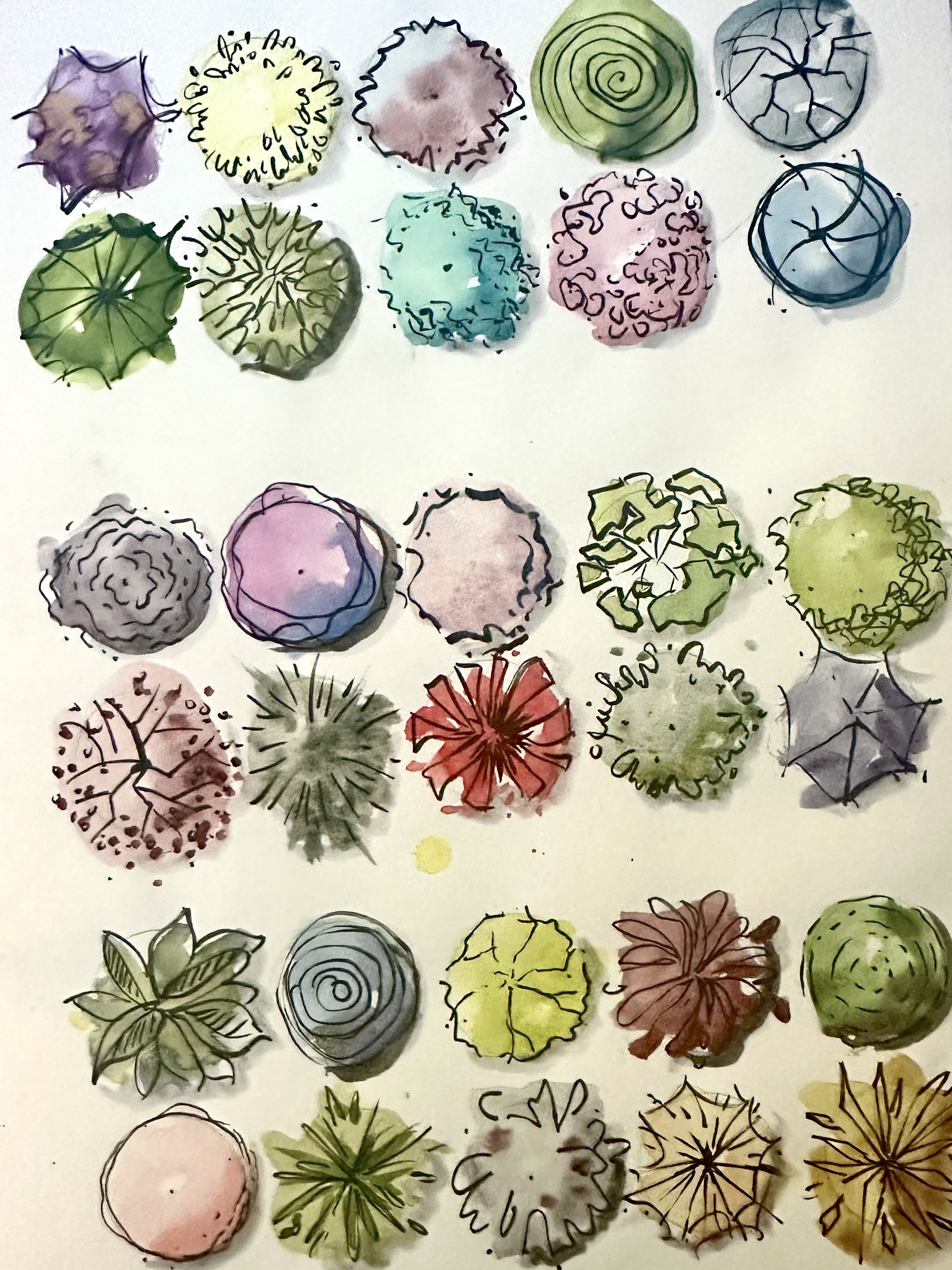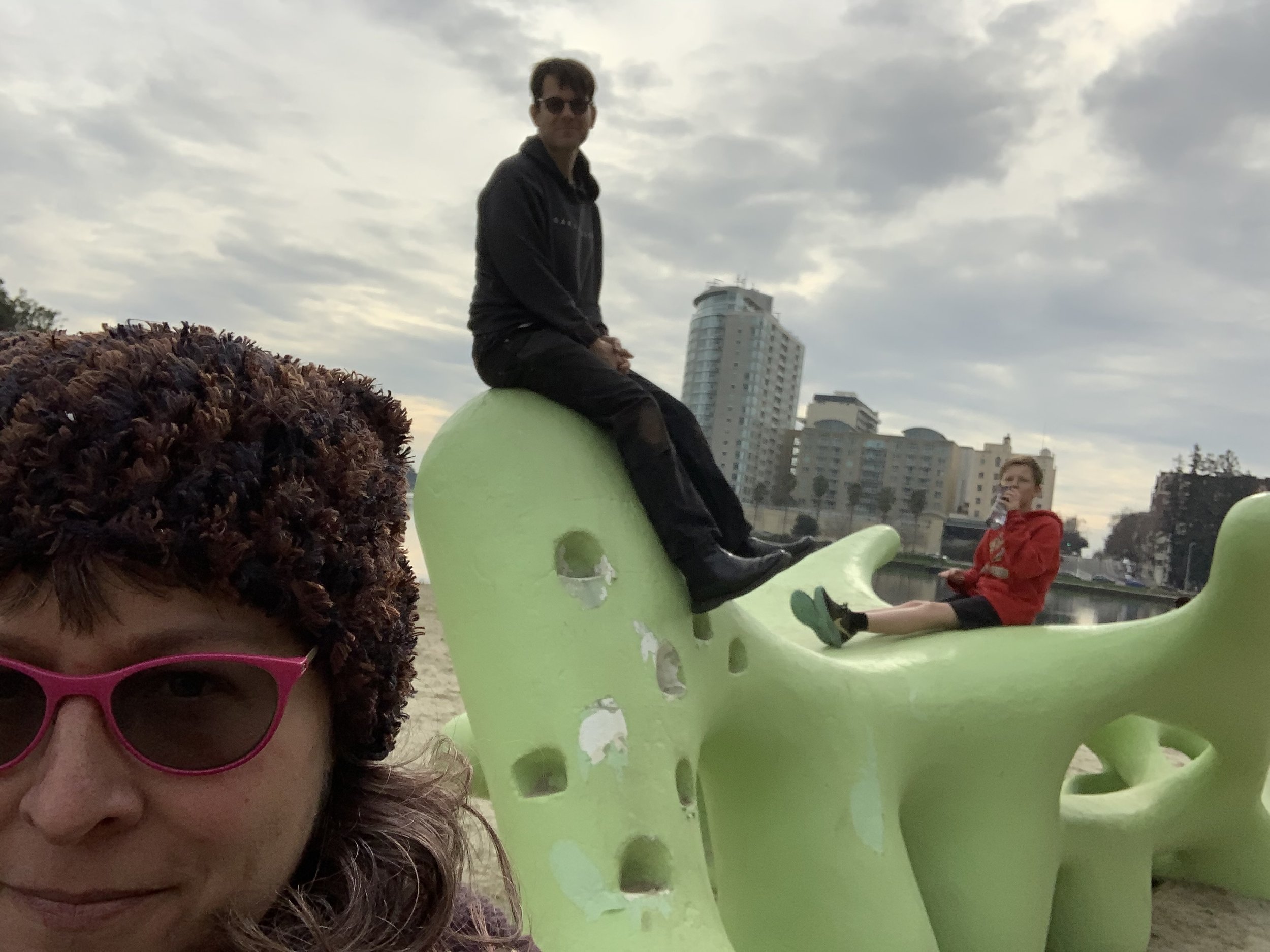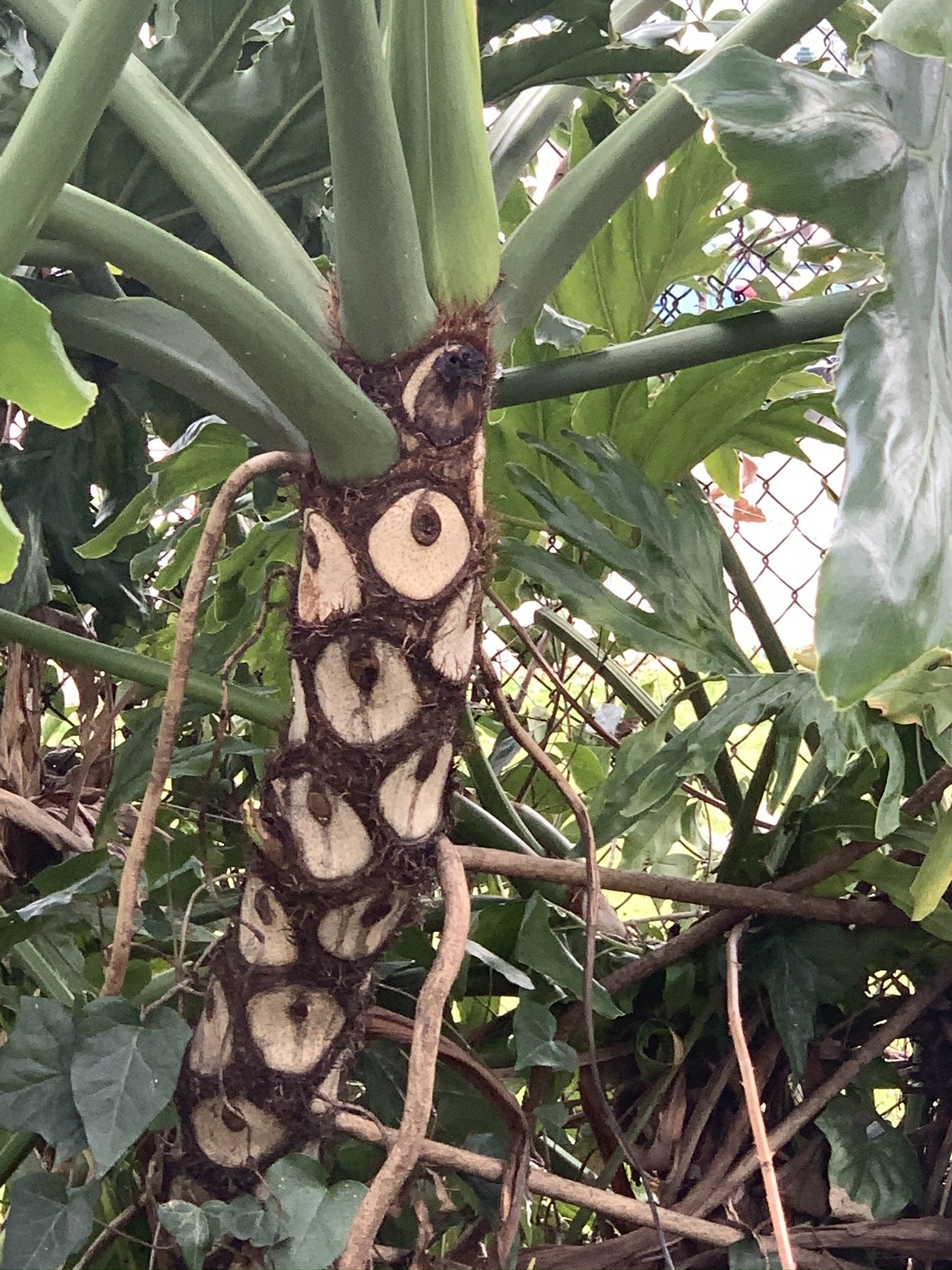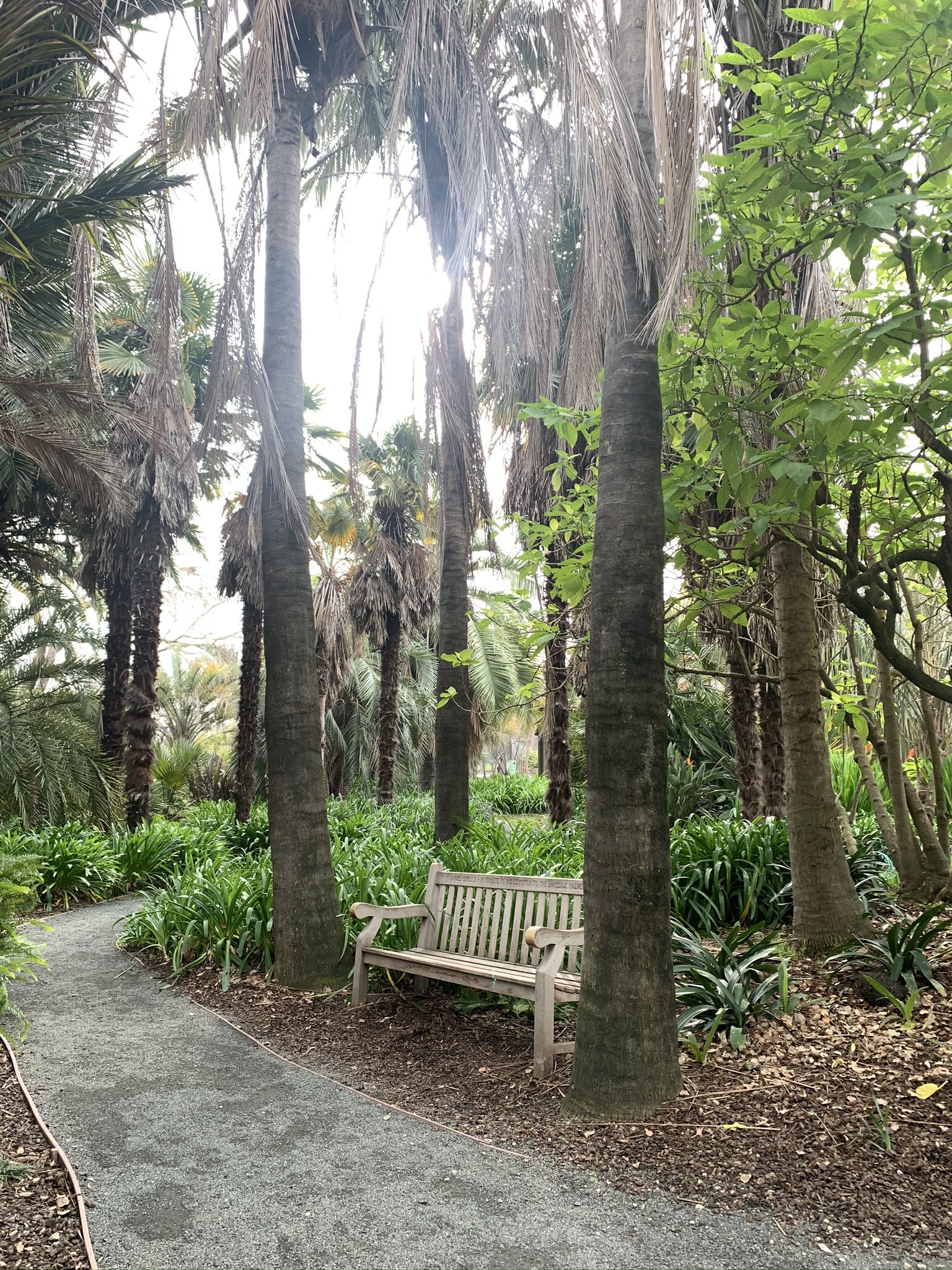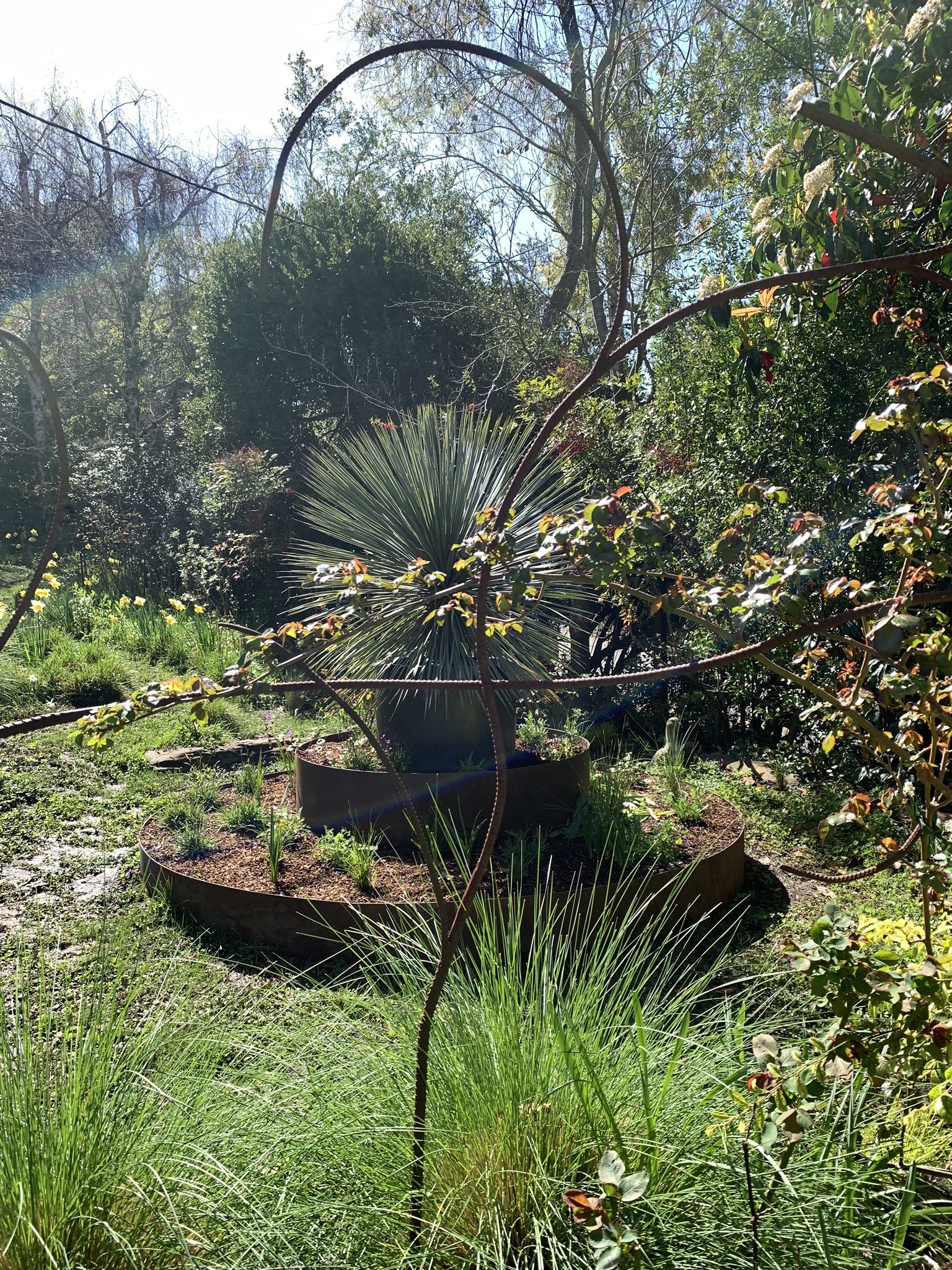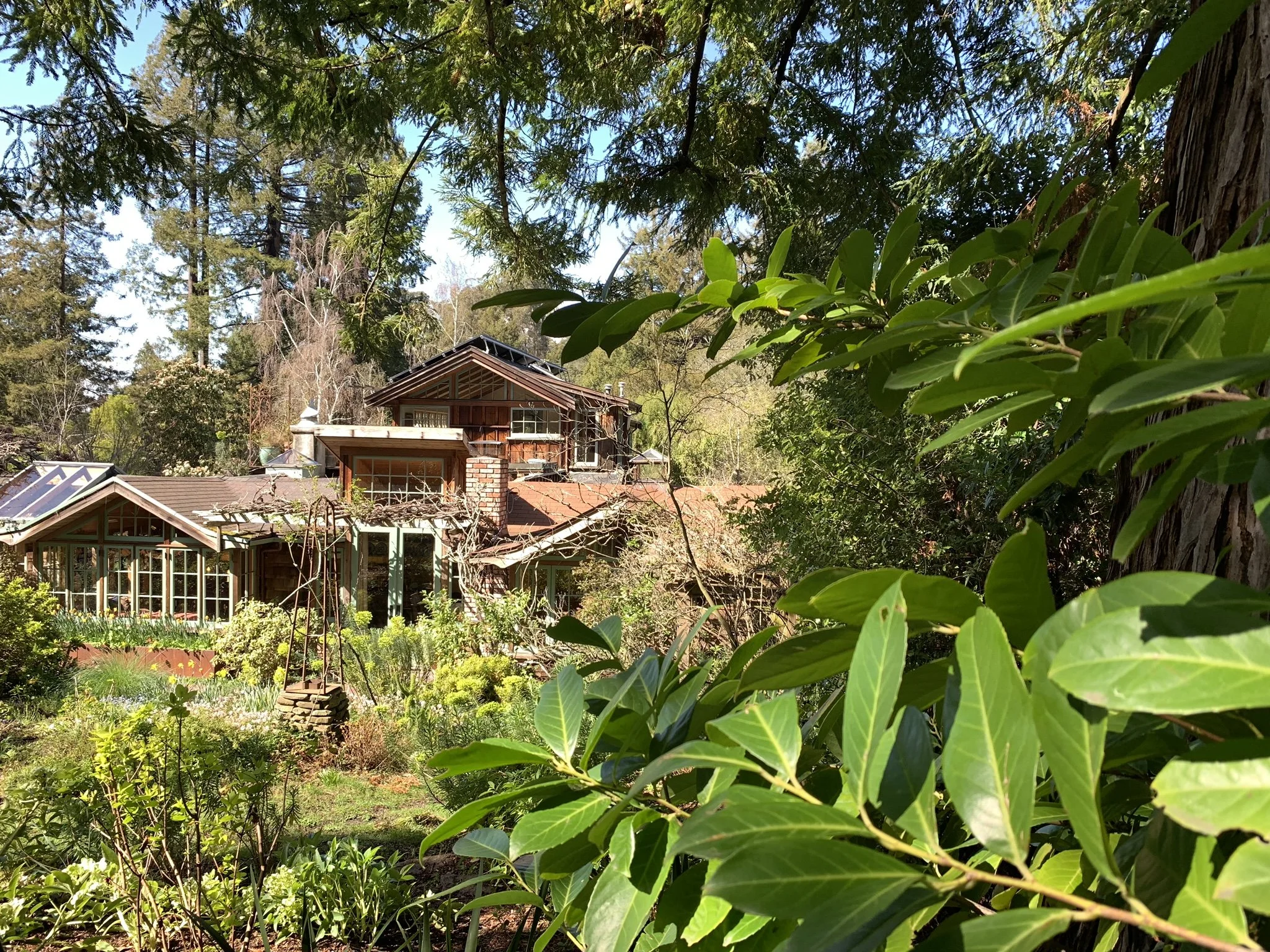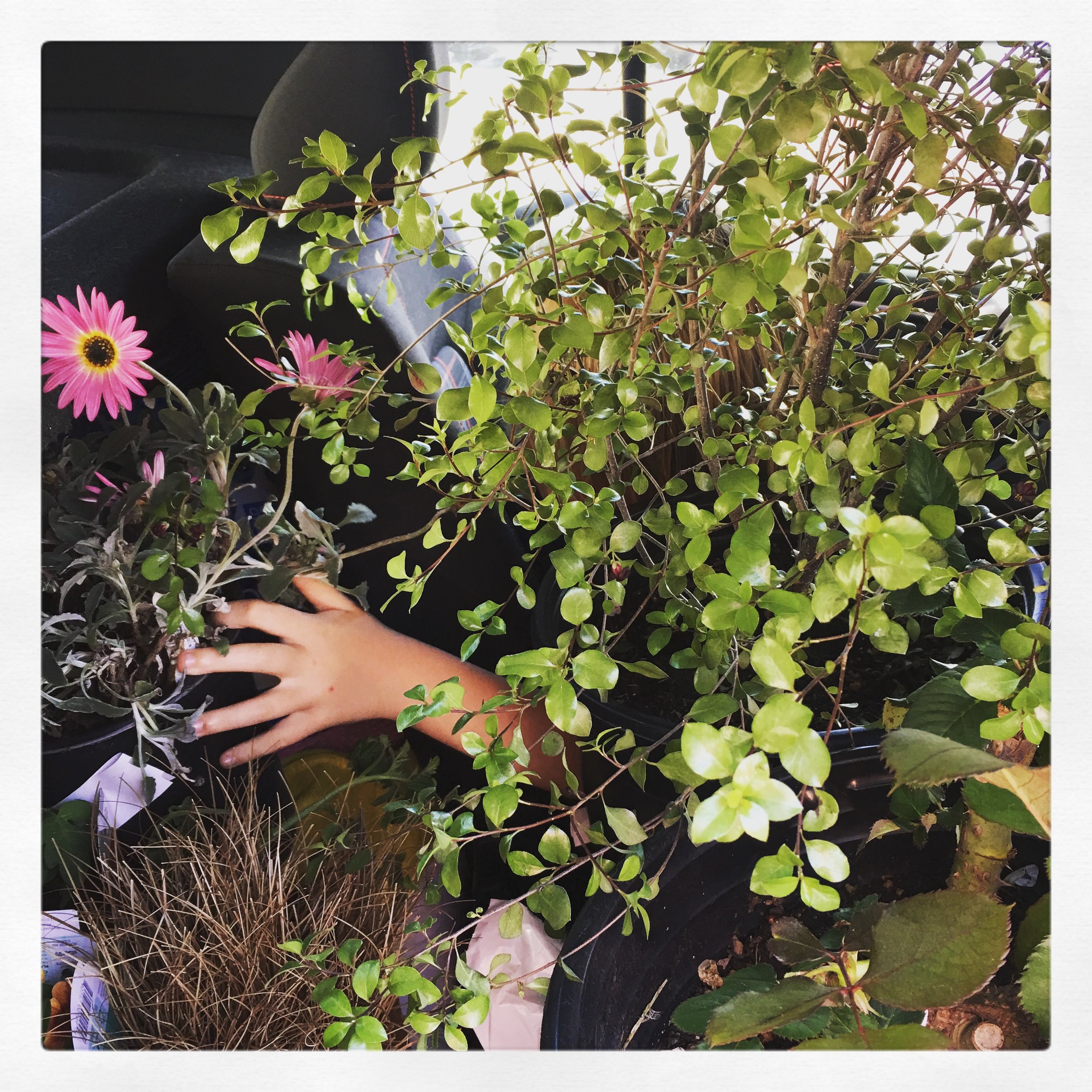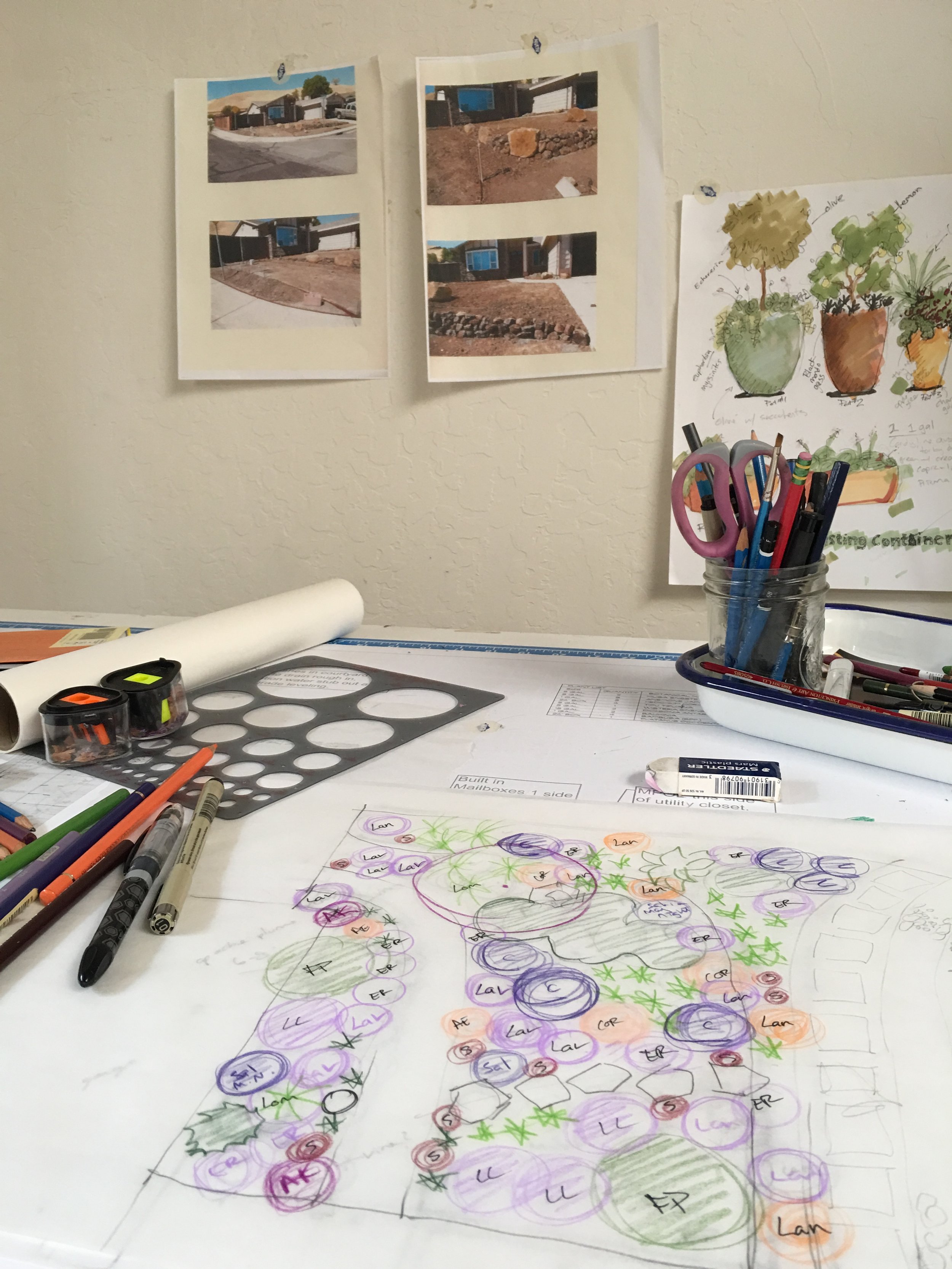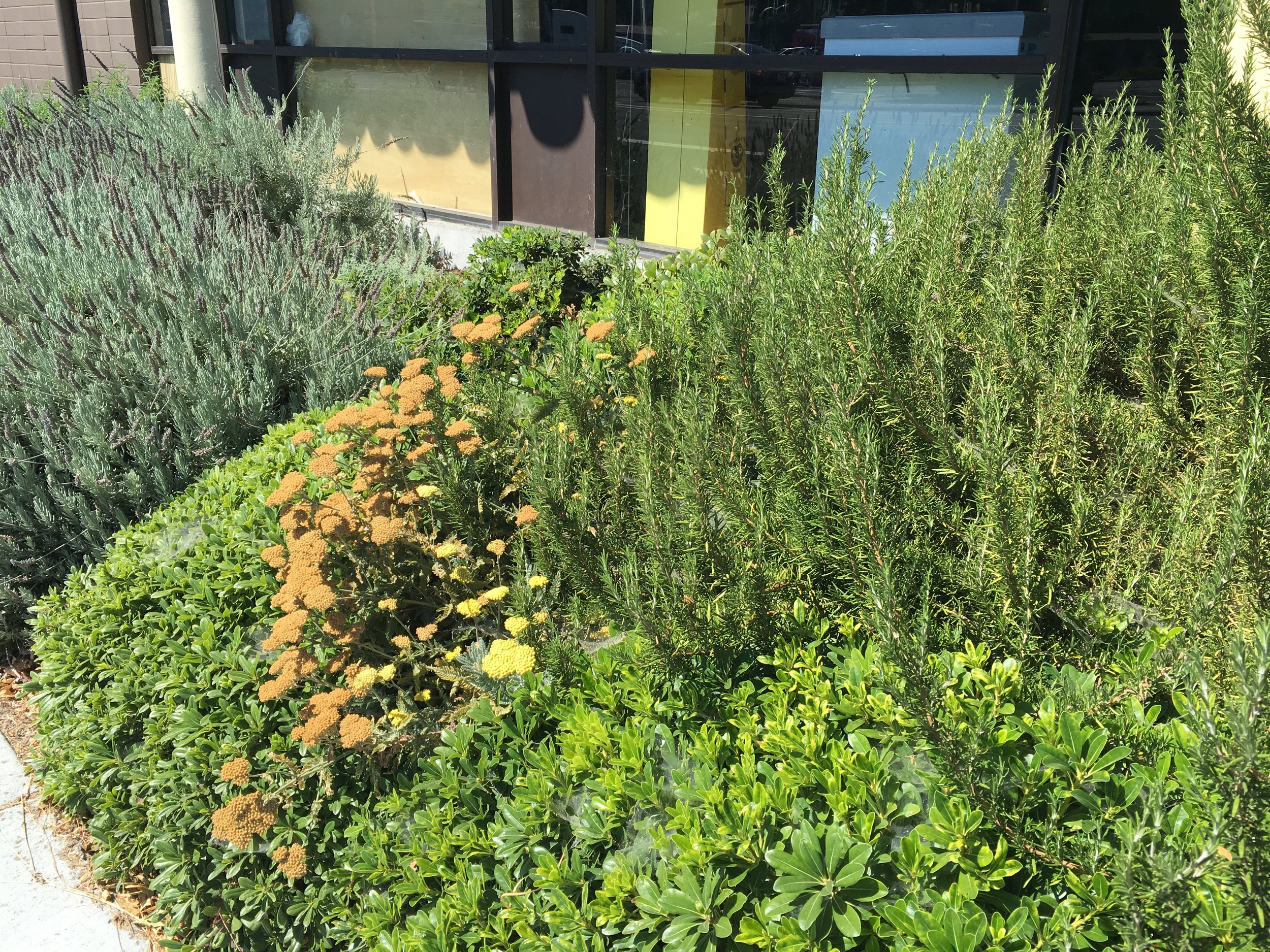We did a whirlwind tour of some gardens and nurseries with Nigel Dunnett when he was here giving a present ration the Bay Area APLD district.
I would love to try this naturalistic planting design that he and Piet Oldof and such talk about but I’m not sure our clientele is the best for this technique. So, Client context matters and ongoing maintenance matters.
Our work primarily involves small to medium residential gardens NOT large scale public installations we are seeing in photos. It’s not as though our clients have dedicated gardening staff.
Who will maintain these gardens post-installation? The homeowner? A standard mow-and-blow service? I’m just not sure the more loosy-goosey evolution of a garden like this will work for say, a busy family of four.
And like, detailed written-out progression plans? idk. But my sense is that any POE visit after installing one of these at some normal Lafayette homeowner is just going to show a field of weeds and oxalis. Is this cynical of me? I’m thinking particularly of a client sending me photo of her garden a year or two after it was installed and it was all just Centranthus ruber °՞(ᗒᗣᗕ)՞°. I mean.. Centrathus is a pretty pink flower and all but NO. /rant
Back to the garden tour! This was a very fun and wild garden that you can see evolved over time and at the whims of the homeowner and designer. There were so many fun paving details like this and surprise seating moments


